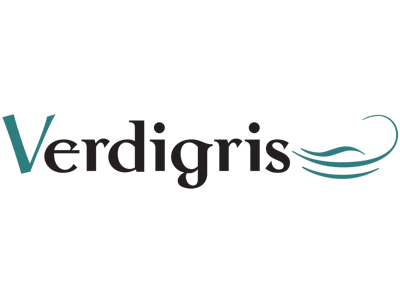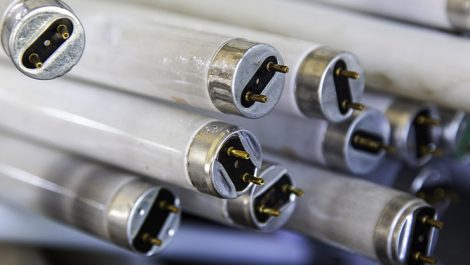Earlier this year the European Union (EU) published some updates to its ecolabelling criteria. The updates reflect responses to consultations with businesses and other stakeholders, and most of them are pretty unexciting. But there are some points that graphics professionals might want to know about, since these changes make a positive push to improving efficiencies and sustainability in paper production.
The EU has updated its classifications for papers so now there are only two. Converted paper products the EU describes as, ‘Envelopes and paper carrier bags that consist of at least 90% by weight of paper, paperboard or paper-based substrates, and stationery paper products that consist of at least 70% by weight of paper, paperboard or paper-based substrates’. The other category is graphic paper which includes newsprint, graphics papers and tissues. The EU says this group, ‘encompasses any unprinted blank paper or board, whether plain or coloured, made from pulp, and fit to be used for writing, printing or conversion purposes. It also includes tissue products dedicated to personal hygiene, absorption of liquids and cleaning of surfaces.’
Waste management for both has been beefed up. In order to qualify for the EU Ecolabel, pulp and paper production sites must have in place systems to handle waste during production as well as a plan covering a variety of waste management procedures. These include waste prevention, and procedures for waste separation, reuse and recycling. Plants must also have procedures for handling hazardous waste safely and a plan for continuous improvement with defined objectives, waste reduction targets and targets for increasing reuse and recycling rates.
These requirements are expected to encourage further upgrades to processing facilities, so that printed papers can be recycled more effectively. But there remains the problem of sorting and getting consumers to choose how they recycle printed matter. The EU is working towards further local engagement for recycling, since recycled printed papers are a primary raw material for new papers. The EU says 70% of a paper’s fibres should come from recycled materials or be virgin fibres from certified forests. This increases pressure to improve collection and processing efficiency.
European pulp producers are on the spot here because currently they are set up to process materials according to how they were printed, such as newsprint. But as print and ink technologies have evolved it is increasingly limiting for pulp processes to be dependent on the type of printed material being provided for recycling. It can no longer matter what type of ink is to be removed from paper substrates, but this takes process upgrading and investment. The alternative is a downward spiral for one of the world’s most sustainable products, as volumes of paper being incinerated instead or recycled rise.
– Laurel Brunner
This article was produced by the Verdigris Project, an industry initiative intended to raise awareness of print’s positive environmental impact. This weekly commentary helps printing companies keep up to date with environmental standards, and how environmentally friendly business management can help improve their bottom lines. Verdigris is supported by the following companies: Agfa Graphics, EFI, Fespa, HP, Kodak, Kornit, Ricoh, Spindrift, Splash PR, Unity Publishing and Xeikon.





